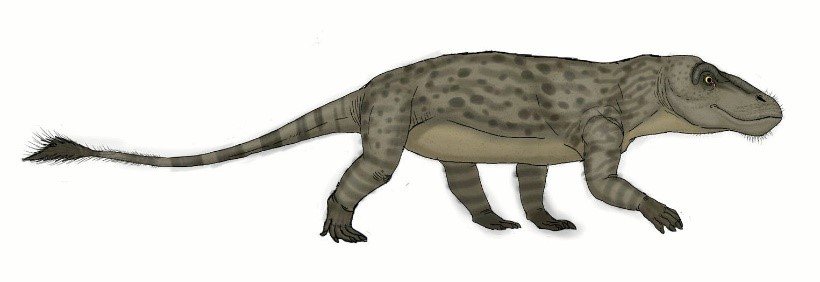





Disclaimer: Copyright infringement not intended.
Context
All about Pampaphoneus biccai
|
PRACTICE QUESTION Q. Recently Pampaphoneus biccai was in news. What is it? 1. Dinosaur 2. Ancient Oak Tree 3. Dinocephalian 4. Sturgeon Answer: 3. Dinocephalian |
https://indianexpress.com/article/technology/science/pampaphoneus-biccai-dinosaur-predator-8937978/







© 2025 iasgyan. All right reserved